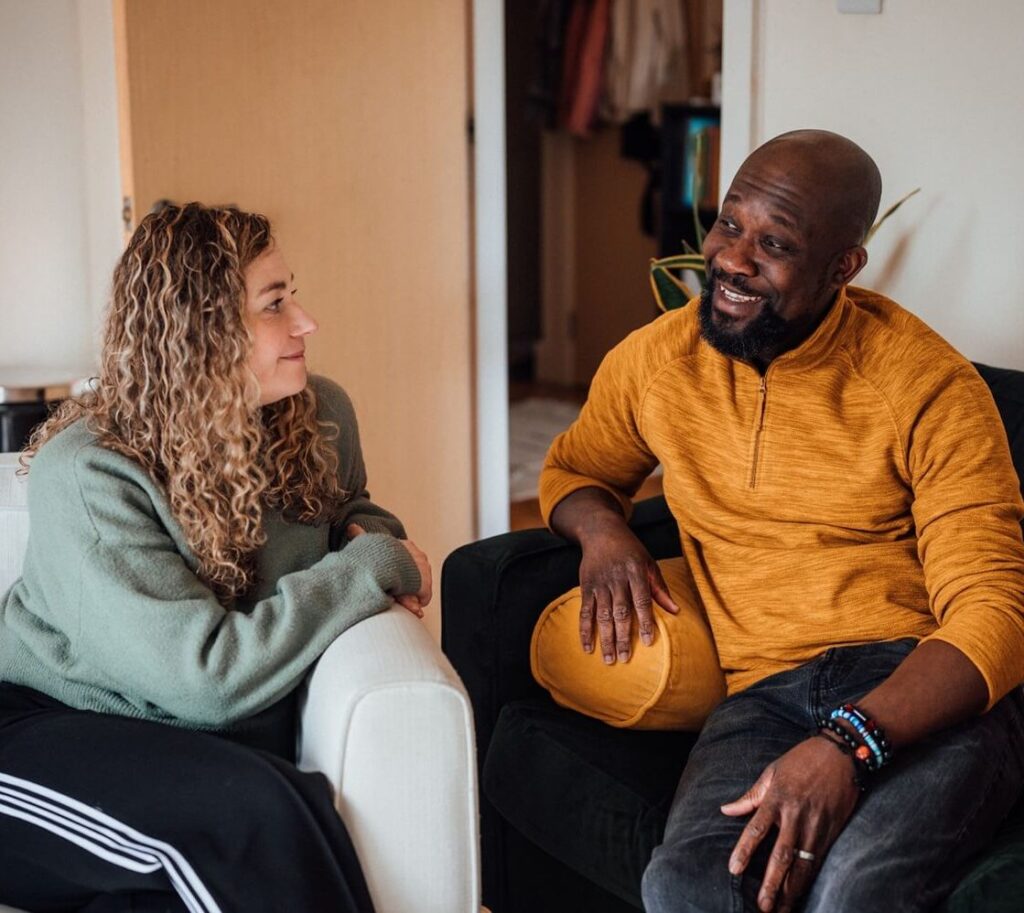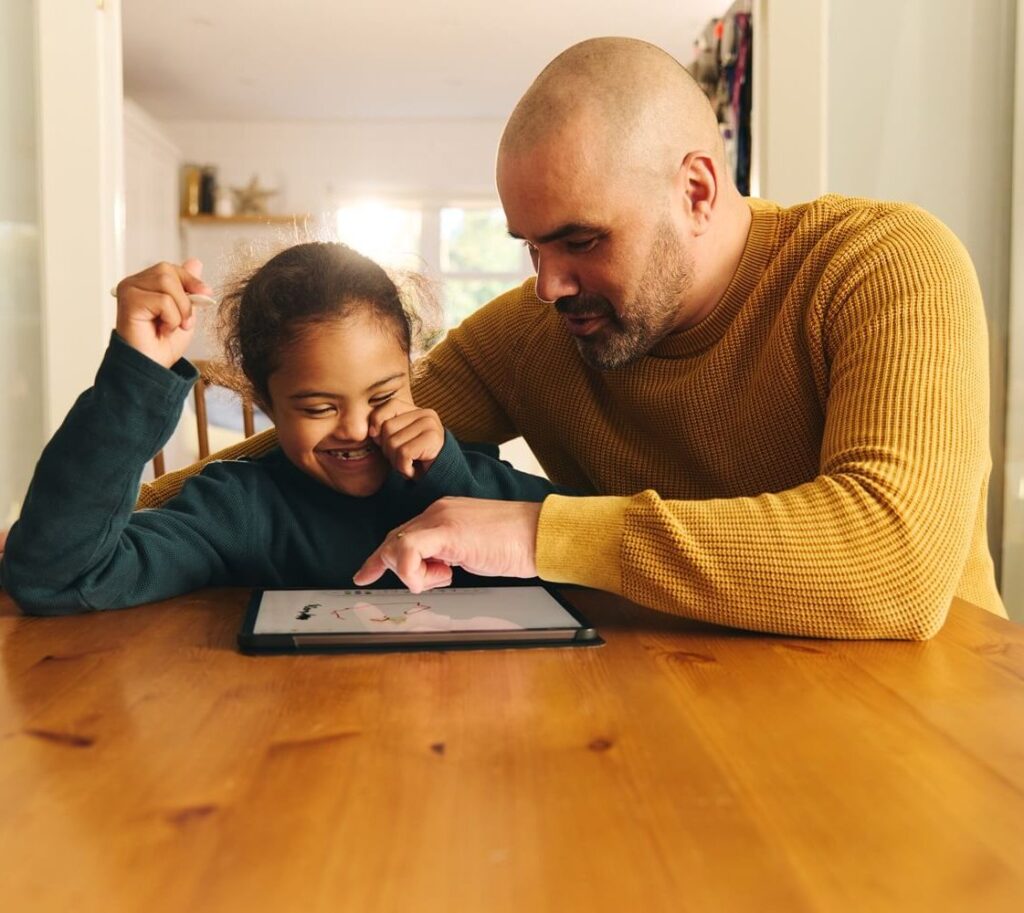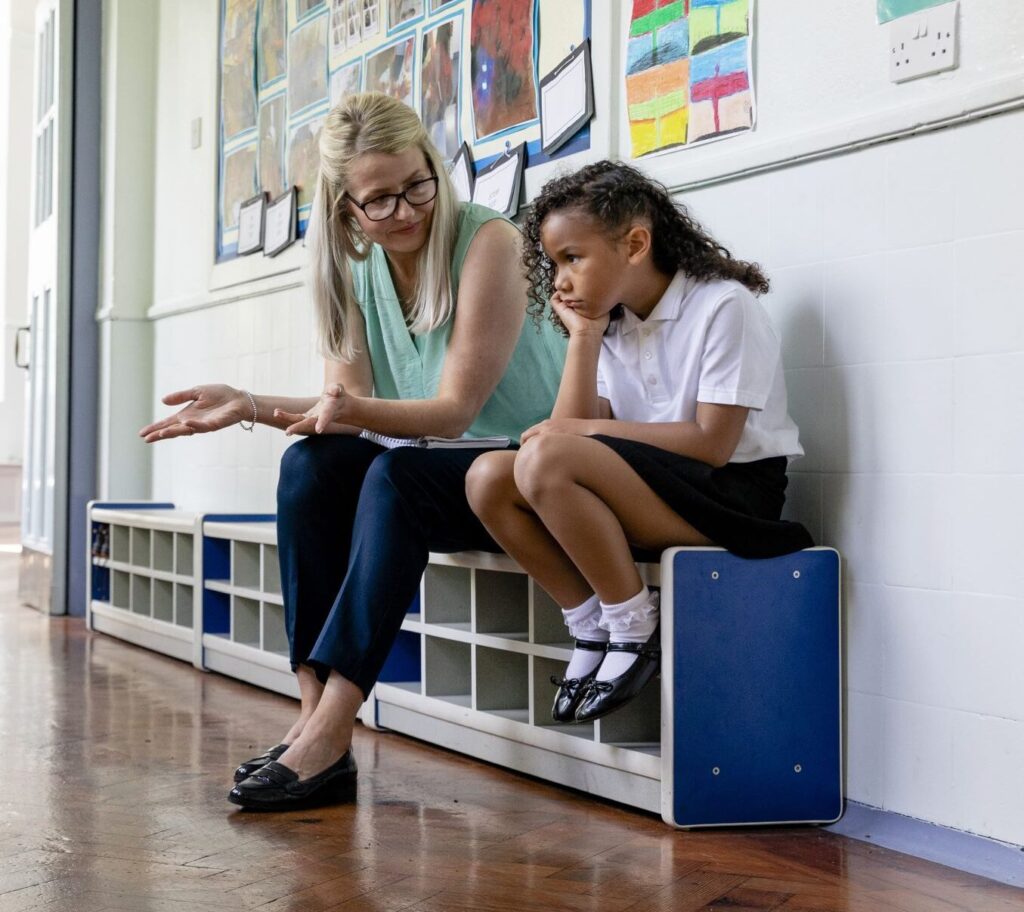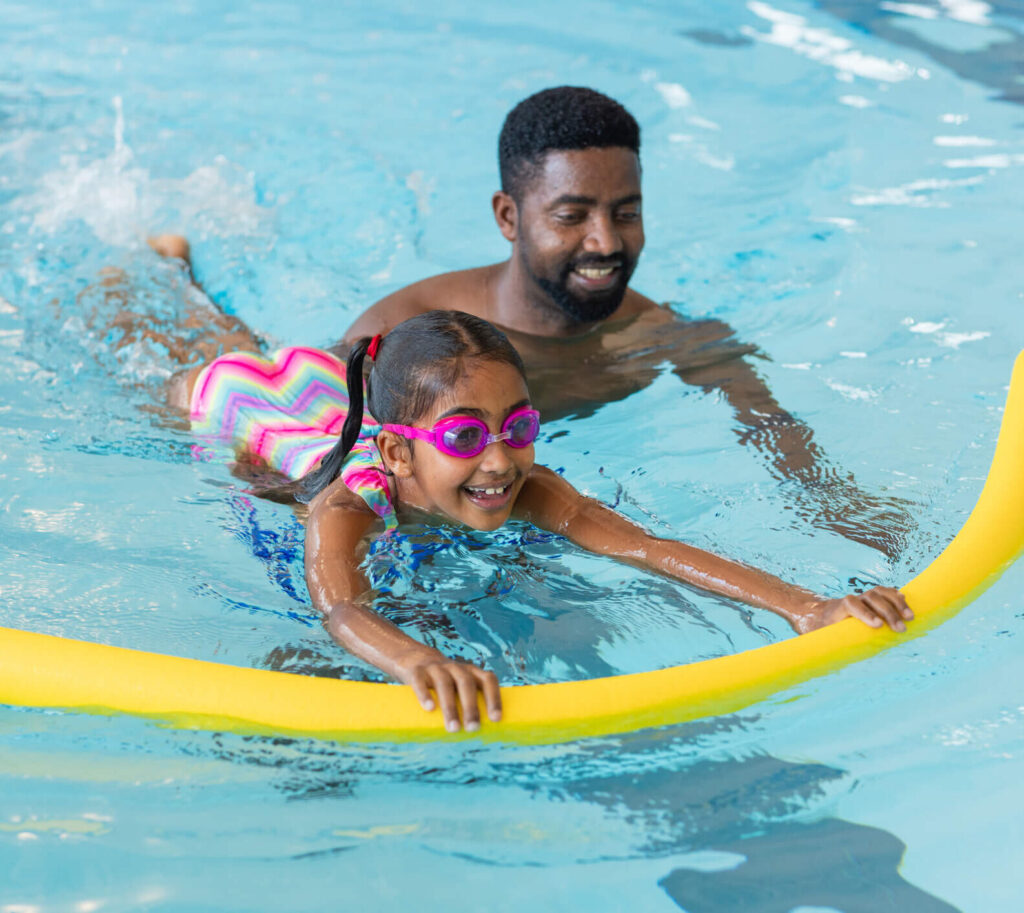We all have key senses that we use to understand and navigate the world around us. They play a vital role in the way we experience our environment and the way we respond to it. You’re probably familiar with the five senses of sight, sound, touch, taste and smell, but there are three other significant ones to be aware of too:
- Proprioception: Body awareness and co-ordination.
- Interoception: Communication between the body’s organs and the brain.
- Vestibular system: Balance and spatial awareness.
You may not have been aware of these senses before now. If you’re neurotypical, the chances are they’re just working away in the background as you go about life day-to-day. But neurodivergence can impact how people experience these senses – so let’s take a look at how.

Proprioception
Proprioception describes body awareness and co-ordination. It’s your body’s ability to sense its position, movement and action in its environment. We use proprioception to know where our limbs are without looking. When this sense is strong, we can walk without watching our feet, type without looking at the keys and know how much force to use intuitively.
A young person in a school setting that struggles with this might find it difficult to know how much force to use when writing. Perhaps they press too hard on the paper and frequently break pencils, or don’t press hard enough so their writing is hard to see. They may also misjudge their force when playing with friends, perhaps getting into trouble for being too rough.
Proprioception and coordination
Challenges with proprioception can also cause coordination difficulties. This might include:
- clumsiness or uncoordinated movements
- bumping into things
- trouble with balance.
We might also see young people struggling with putting on jewellery, doing up the back of a dress or putting on makeup. The coordination needed to look in a mirror and know how to move when looking at a reflected image may be very challenging and take lots of patience and practice. Hygiene can also be affected due to the difficulty in reaching parts of the body when wiping or washing.
If proprioception seems challenging for a young person, practice, patience and your support are key. Depending on the exact challenge or task in question, it might be that you could make an adaptation. If the task is too challenging right now, accepting and respecting your young person’s current stage of development can help them feel empowered.

Interoception
Interoception describes the communication between the body’s organs and the brain. It’s what lets the brain know when the body is:
- hungry
- full up
- thirsty
- ill
- in pain
- hot
- cold
- in need of the toilet.
Crucially, it also helps with emotional identification and regulation (see Interoception and emotions below).
Someone with interoceptive differences may not notice temperature changes. They might keep their coat on through the summer and not wear one in the winter. Likewise, they may not notice if they’re getting hot and need a cold drink.
It can mean a person doesn’t feel that they need the toilet until they’re bursting and need to go immediately. This might cause difficulties with toilet training and accidents during the day and night. Because it’s impossible to know what someone else is feeling, it can be helpful to get into a routine of regularly going to the toilet. This can help a child learn to use the potty or toilet, and the understanding of the physical sensations linked to this may come later.
Interoception also manages pain messages. Young people may not notice a broken bone because they either don’t feel enough pain or can’t pinpoint the affected area due to its vagueness. These young people may, however, have a big reaction to a paper cut, because the wound is visible and it’s more obvious that they’re hurt.
You can support a young person with interoceptive differences by helping them to identify tangible, factual signs to help them understand how they’re feeling. Examples include:
- “Your face is very red and you’re sweaty. I think you might be too hot and need some water.”
- “You’re limping – I think you might have hurt yourself.”

Interoception and emotions
Most of our emotions are linked to physical sensations in our body. For example, when we’re cross, our muscles tighten, our heartbeat might quicken, and our temperature may rise. Typically, interoception is what allows us to notice these sensations and so helps us understand how we’re feeling.
Our ability to read our own physical signals directly relates to how well we can identify and regulate our emotions. And this, in turn, directly impacts our ability to accurately read another person’s physical and emotional cues as well.
Supporting a young person with their emotion recognition may again require some factual support. You might start by identifying what different emotions feel like to that person – remembering everyone’s uniqueness – and what type of responses you might see. For example, you might say to your young person: “Your voice is getting louder, are you feeling cross at me?” You could also point out the emotions of others being shown on TV.
Vestibular system
The vestibular system deals with balance and spatial awareness. A person that doesn’t respond typically to vestibular input might:
- knock things over frequently
- misjudge spacing
- bump into people
- get in people’s personal space without noticing.
In a school setting, this might look like a child bumping into tables and other things, tripping over chair legs and standing very close to peers when lining up.
For older individuals, it might result in challenges when learning to drive. We use spatial awareness to judge how much room there is between our car and others, when parking between lines or other cars, and to navigate roundabouts and obstacles. It might take lots more concentration to not get these judgements wrong. Riding a bike might feel particularly challenging due to balance difficulties. It might also cause issues when judging the spacing between obstructions.
It can also impact hand-eye coordination, which can affect:
- sports performance
- catching/throwing
- handwriting
- using utensils
- doing up buttons and zips.
Vestibular performance can be supported through exercises that target balance, hand-eye coordination and spatial awareness. These can all be done in fun and exciting ways such as those described in this NHS PDF download of vestibular activities.
More information and support
Understanding how neurodivergence can impact proprioception, interoception and the vestibular system can help when you’re supporting someone who doesn’t respond to these senses typically. If you need more information or support specific to your family, use our online service finder to see SEND and neurodiversity services in your area.
This article was written in collaboration with West Suffolk Neurodevelopmental Support Service.
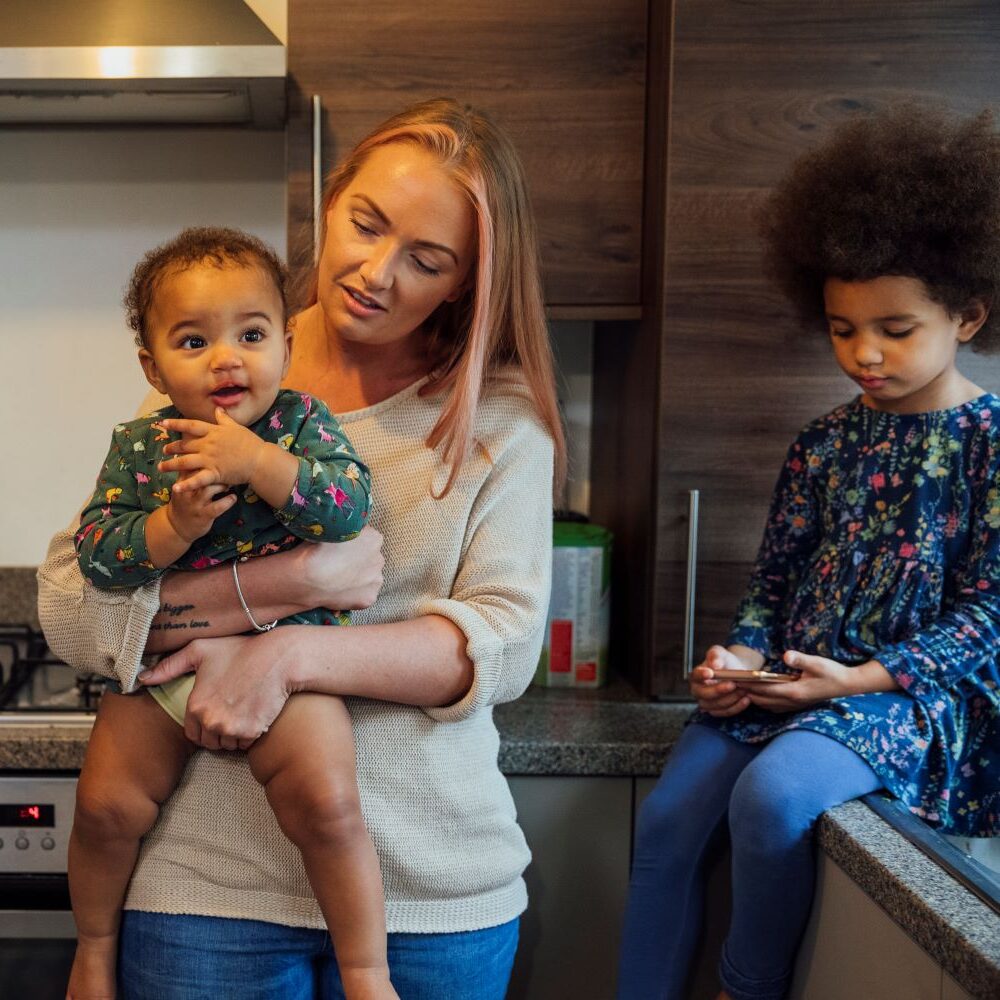
Call, text, email or web chat FamilyLine
If you’re feeling overwhelmed, worried or upset about any aspect of your family life, FamilyLine is here for you. We offer free emotional support and guidance on family relationships, conflict, parenting, caring, financial worries and more.
Contact FamilyLine
